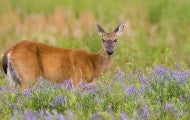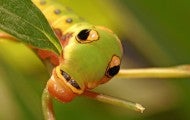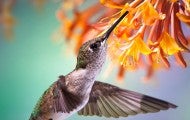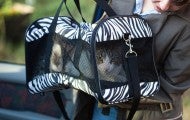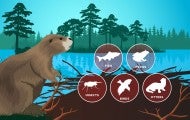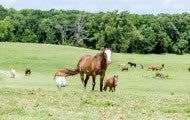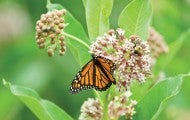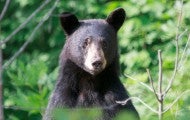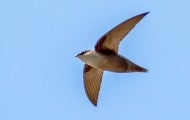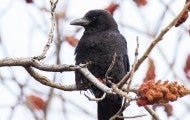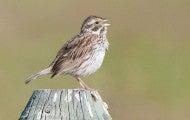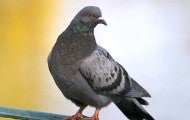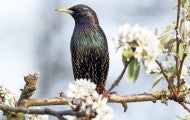Pop quiz: What’s the best way to help butterflies in your backyard? If you answered “Plant butterfly bush,” you’re in good company. A recent survey of my gardening friends elicited the same response from more than a few. It’s easy to understand why: Aside from its self-reinforcing moniker, the plant...
Many Marches ago, as I mindlessly contorted myself to pull a deep-rooted weed from the garden patch, my thoughts turned longingly to the smell of fresh basil that would eventually grace what I saw as a still-barren vegetable graveyard. This spot was not so lifeless as it appeared, I would soon learn...
Fertility control: Essential to American wild burros and mustangs While wild burros are legally viewed in the same light as the American mustang, protected as a living symbol of the American West, the wild horses often seem to receive most of the public's attention. But burros have played a critical...
Hummingbirds are top contenders for many avian superlatives: Bee hummingbirds are the smallest birds in the world, as diminutive as their insect namesake. In proportion to their body sizes, rufous hummingbirds make one of the longest migrations and Anna’s hummingbirds fly faster than space shuttles...
When making travel decisions, choose what is safest and most comfortable for your pet. For instance, unless you'll be able to spend a lot of time with your dog, they'll probably be happier at home than tagging along on your trip. As a rule, cats are almost always better off in their own home. But if...
Leading a summer camp class about beavers, Tabby Fique hoped for a glimpse of her favorite furry hydrologists. But another wildlife sighting offered an even better teachable moment. “We were looking at the pool created by the beavers, and a muskrat swam by!” recalls Fique, the land manager for the...
In a quiet corner of Black Beauty Ranch, on a stone plinth beneath a maple tree, there’s an oval etching of a man and a burro. The man is Cleveland Amory, author and founder of the Fund for Animals, and the burro is Friendly, one of the first animals to call the sanctuary home. The two met in 1980...
The suspect creeping up near my front fence was a tough character—broad-leafed and thick-stemmed and threatening to invade my property and swallow it whole if I didn’t act fast. There was no hesitation that summer morning as I headed to work: Off with his head! It was a decision made all too easy by...
As monarch butterflies and hummingbirds headed south this fall, I dreamt of following my favorite snowbirds to Mexico and Central America. But I stayed home instead, where I have a window onto the spectacular world of winter wildlife: northern flickers tossing maple leaves with their beaks in search...
As black bear numbers increase in some North American communities and more people move into bear habitat, encounters between bears and people have risen. Whether you live in bear country or are just visiting, you can take simple steps to avoid conflicts. Learn More About Bears (Please note that this...
There are many different kinds of sparrows in North America. But, the house sparrow—the little brown bird we see hopping boldly on city streets—is the most widespread and most often in conflict with people. In fact, house sparrows are one of the most widespread animals on this planet. Likely this is...
European starlings are widespread across North America. They eat a wide variety of foods and are willing to use a wide variety of places to nest and roost. This flexible nature helps them thrive in cities and suburbs as well as on farms. They are one of only a few birds who live in otherwise barren...
